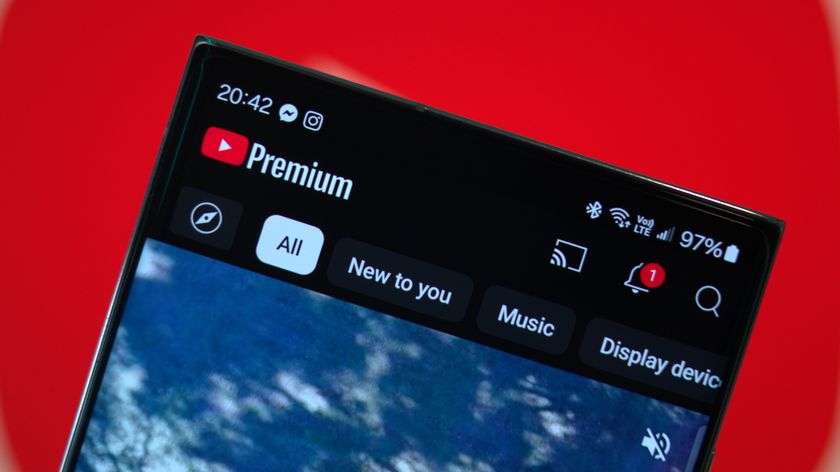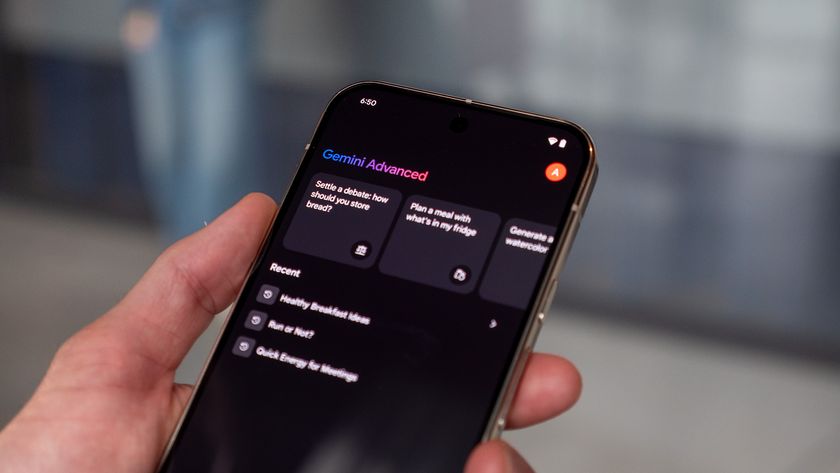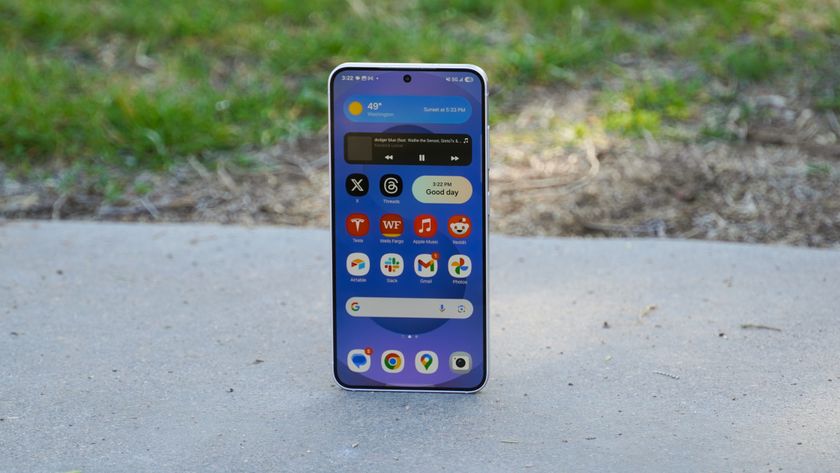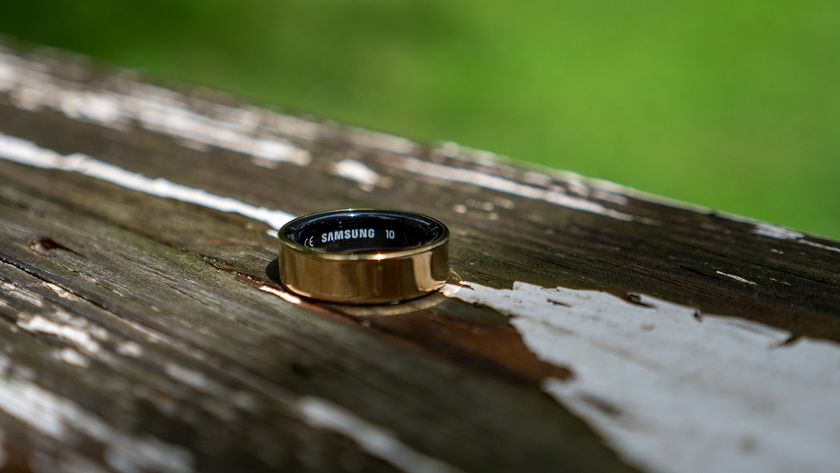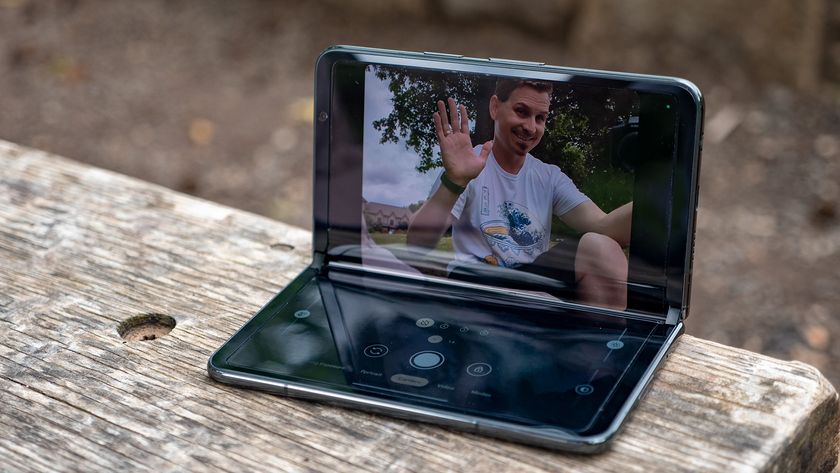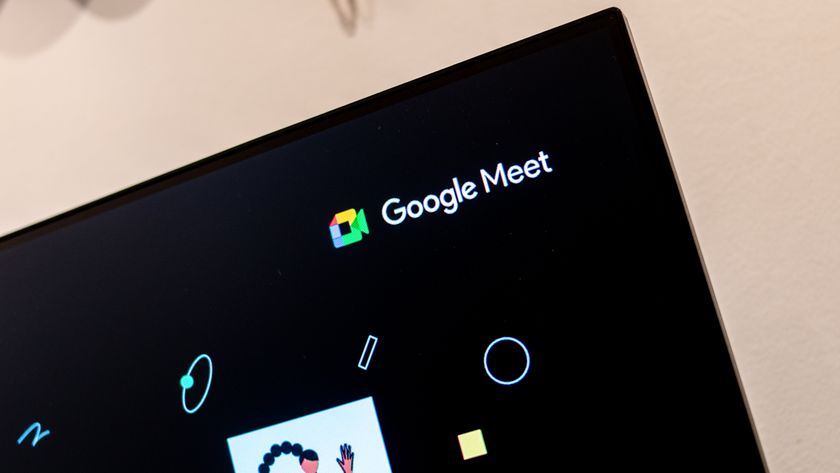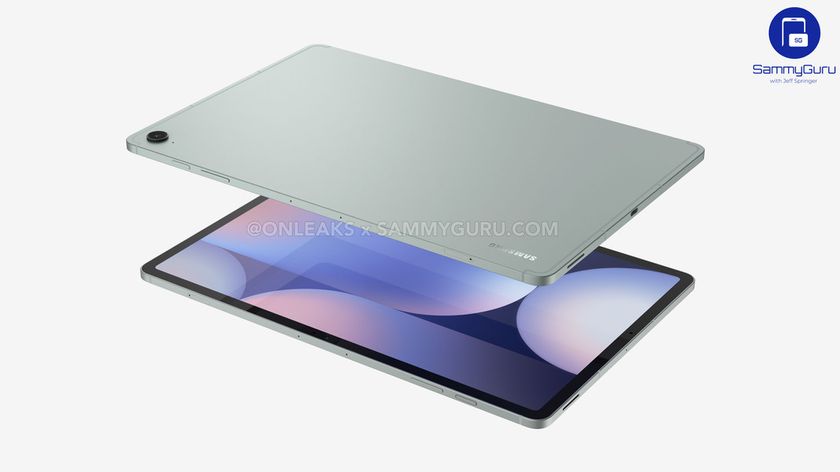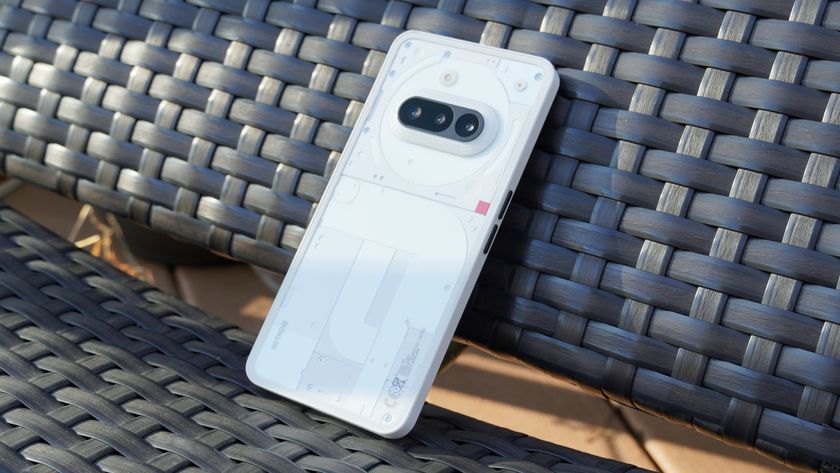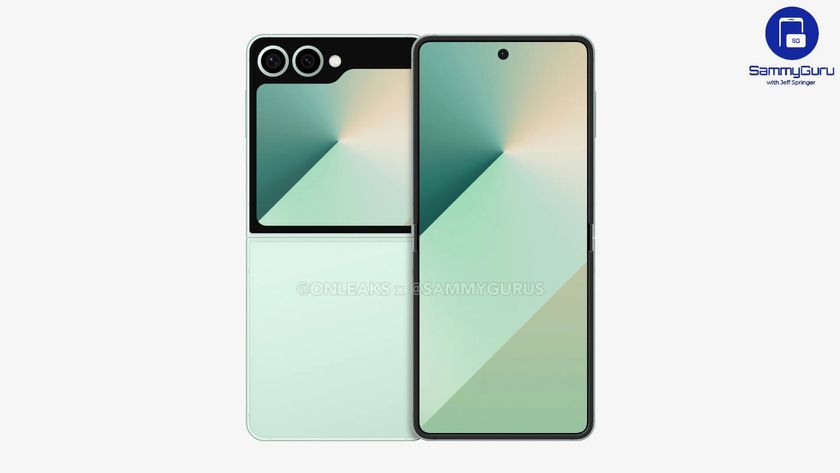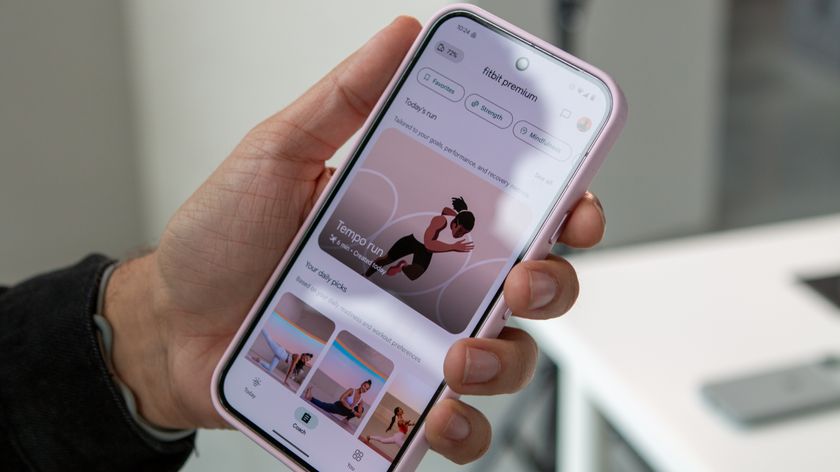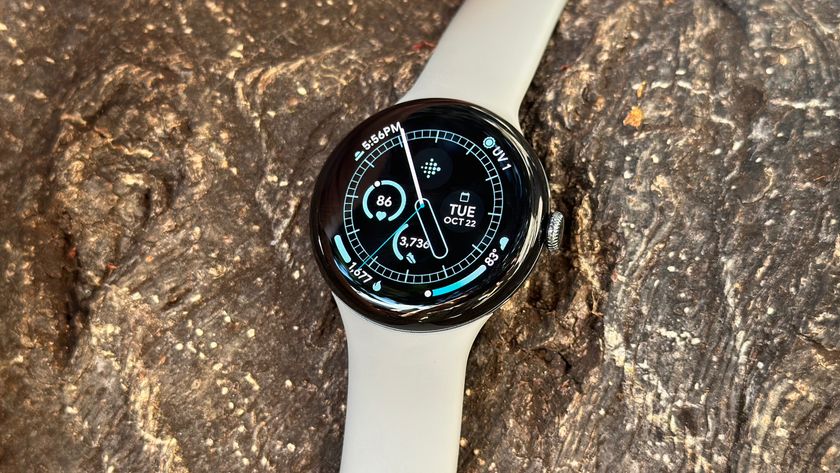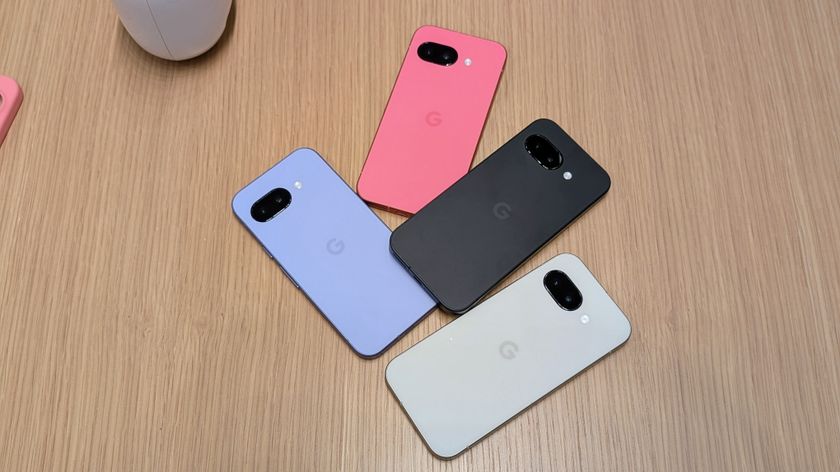Editorial: Netflix's Android rollout an example of a good thing done badly
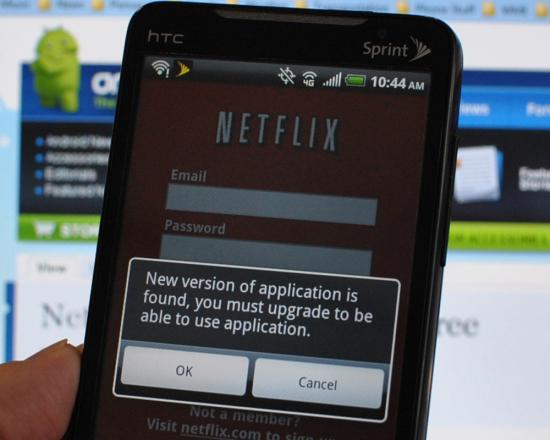
One of the first rules of kindergarten is you don't talk about kindergarten. Wait. That's something else. Actually, one of the first rules of kindergarten involves bringing treats to school. If you don't have enough for everybody, don't bring anything.
The same should apply for some Android applications. In particular, we're talking about the Netflix application. Here's a look at how it's rolled out:
- May 12, 2011: Netflix goes live. Available for the Nexus S, Nexus One, Droid Incredible, EVO 4G and T-Mobile G2.
- May 26, 2011: Adds the LG Revolution, Motorola Droid and Casio G'zOne (yeah, the G'zOne).
- June 7, 2011: The EVO 4G gets its long-awaited Gingerbread update, which promptly borks Netflix. A fix rolls out nearly two weeks later.
- June 15, 2011: The Droid X gets Netflix.
- July 20, 2011: Another 15 devices are added to Netflix's "acceptable" list.
So we now have 24 devices that "officially" can run Netflix. And of those 24 devices, only one is a Honeycomb tablet -- and it's one that maybe all of a dozen people have purchased. That's the Lenovo IdeaPad Tablet K1, which only went on sale July 20. No Motorola Xoom. Not Galaxy Tab 10.1. No ASUS eee Pad Transformer. No Acer Iconia Tab A500.
That's no way to run a railroad. It's not good for Netflix, and it's sure not good for Android. The list of smartphones that Netflix is now (finally) available on is pretty good, with most of the high-end devices available in the United States. But the form factor that screams for Netflix -- that'd be tablets -- is still severely lacking.
We know the Netflix app works well on tablets. Hell, it looks great on Honeycomb tablets. The latest version released this week works just fine, no hacking of the app needed.
And if you'll allow a short rant here, we've never been that comfortable with people hacking open the Netflix app to get it to work on other devices. Changing the build.prop file on your own phone to spoof a device ID is one thing; breaking open someone's app and rebuilding it to suit your needs (and then distributing it) is another. It's practices like this that cause the DRM punishment in the first place. And as we all know, it never really punishes the offenders, who just find another way around the DRM.
Netflix has to satisfy the movie studios' requirements to make sure there's not wholesale pirating of movies. We get that. It sucks, but we get it. But look where it's led us -- a half-assed rollout of what should be one of the most exciting applications to hit a Honeycomb tablet, and one that could have made Google's movie rental service all but irrelevant before it even launched.
Be an expert in 5 minutes
Get the latest news from Android Central, your trusted companion in the world of Android
Instead, we have a great app that finally works on some devices and a scant few tablets. It's nice that we've got it now, but it's pretty much been an exercise in how not to launch a popular app.

